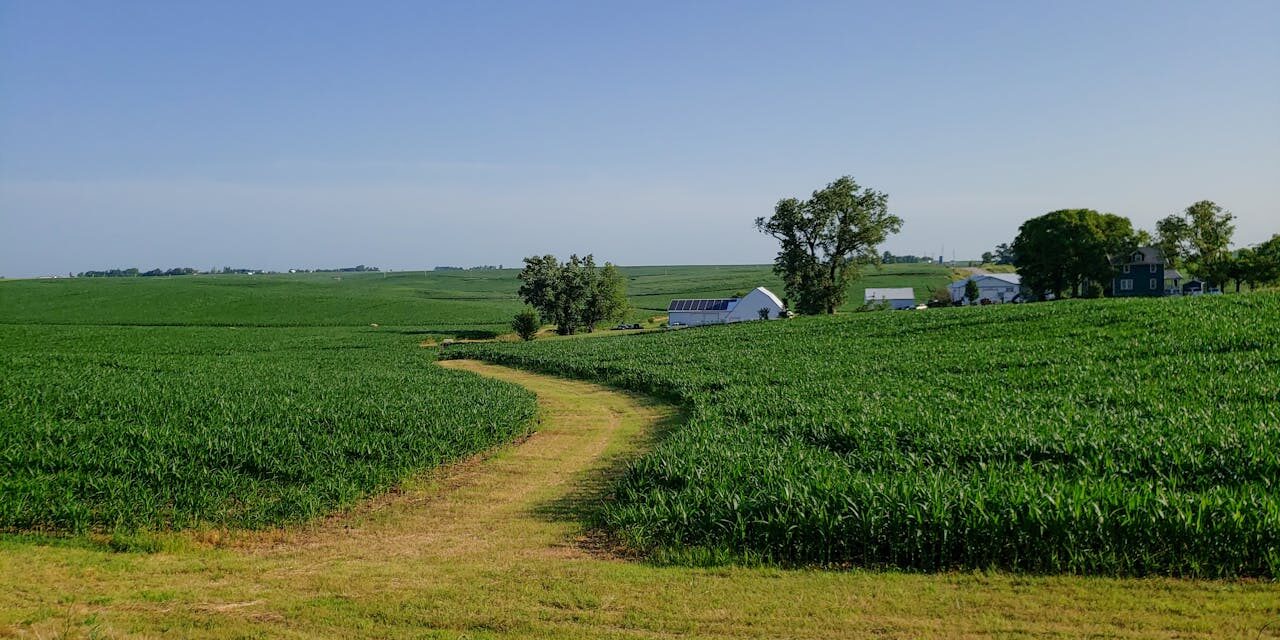Iowa, known as the “Hawkeye State,” has a rich and diverse history that spans centuries.
From its early indigenous roots and European exploration to its development into a major agricultural center, Iowa’s history is filled with significant events and cultural influences.
Below, we explore the captivating history of Iowa, covering its foundation, key historical events, and notable landmarks.
Table of Contents
Early History
Indigenous Inhabitants and European Exploration
Before European settlers arrived, Iowa was inhabited by various Native American tribes, including the Sioux, Sauk, and Meskwaki (Fox).
- These tribes had established societies with rich cultures, agriculture, and trade networks.
- French explorers Jacques Marquette and Louis Jolliet were the first Europeans to reach the region in 1673, establishing early contact with the native tribes.
The indigenous peoples and early European explorers laid the groundwork for future settlements.
French and Spanish Periods
Iowa was part of the French territory of Louisiana until 1763, when it was ceded to Spain following the French and Indian War.
- The region returned to French control in 1800 and was sold to the United States in 1803 as part of the Louisiana Purchase.
Early European influences were significant in shaping Iowa’s cultural and economic landscape.
Key Historical Events
Territorial and Statehood Status
Iowa Territory was established in 1838, with Burlington as its first territorial capital.
- The territory played a crucial role in westward expansion and settlement.
- Iowa was admitted to the Union as the 29th state on December 28, 1846.
Statehood marked a new era of political and economic development for Iowa.
Agricultural Development and the Civil War
Iowa rapidly developed its agricultural industry in the 19th century, becoming a major producer of corn, soybeans, and livestock.
- The state was a vital contributor to the Union effort during the Civil War, providing significant troops and supplies.
Agricultural growth and military contribution highlighted Iowa’s importance in national development.
20th Century Growth and Development
Economic and Social Developments
The early 20th century saw Iowa’s economy diversify, with significant growth in manufacturing, education, and healthcare.
- The Great Depression had a severe impact, but New Deal programs helped to revive the economy.
- Post-World War II, Iowa experienced modernization and urbanization, particularly in cities like Des Moines and Cedar Rapids.
These developments laid the foundation for Iowa’s modern economy.
Political and Cultural Contributions
Iowa played a significant role in American politics, particularly during presidential elections, being the first state to hold caucuses.
- The state also became known for its contributions to literature and the arts, with notable figures such as Grant Wood and Bill Bryson.
Iowa’s political and cultural contributions have significantly shaped its identity.
Notable Landmarks
Effigy Mounds National Monument
This site preserves prehistoric mounds built by Native Americans, some of which are shaped like animals.
- The monument offers insights into the sophisticated societies that existed in Iowa before European contact.
Effigy Mounds is a significant archaeological and historical site.
Herbert Hoover National Historic Site
Located in West Branch, this site commemorates the life and achievements of the 31st President of the United States.
- The site includes Hoover’s birthplace, a museum, and the gravesites of President Hoover and his wife.
The Hoover site highlights Iowa’s connection to national leadership.
Amana Colonies
These seven villages were founded by German Pietists in the 19th century and are known for their communal living and crafts.
- The colonies are a popular tourist destination, offering a glimpse into a unique way of life.
The Amana Colonies represent Iowa’s cultural diversity and heritage.
Governance
State Government
Iowa operates under a constitution adopted in 1857.
- The state government consists of the Executive, Legislative, and Judicial branches.
- The governor, currently Kim Reynolds, leads the executive branch.
The state government addresses the needs of Iowa’s diverse population and manages its resources effectively.
Local Government
Iowa’s local government structure includes counties, cities, and special districts.
- Each level of government has specific responsibilities for services such as education, public safety, and infrastructure.
- Local governance ensures that the diverse needs of Iowa’s communities are met.
Effective local governance contributes to the overall well-being of the state’s residents.
Demographics and Growth
Population
As of 2023, Iowa’s population was approximately 3.2 million. The state’s demographic makeup reflects its history of immigration and cultural diversity.
Diverse demographics and steady growth reflect Iowa’s appeal as a place to live and work.
Education and Economy
Iowa is home to several prominent educational institutions, certainly including the University of Iowa and Iowa State University.
- The state’s economy is diverse, with key sectors including agriculture, manufacturing, healthcare, and education.
These factors contribute to the state’s economic resilience and cultural vibrancy.
State of Iowa Q&A
Q: When was Iowa admitted to the Union?
A: Iowa was admitted to the Union as the 29th state on December 28, 1846.
Q: Who were the original inhabitants of Iowa?
A: The original inhabitants of Iowa were various Native American tribes, including the Sioux, Sauk, and Meskwaki. These tribes had established societies with rich cultures and trade networks.
Q: What role did Iowa play during the Civil War?
A: Iowa was a crucial Union state during the Civil War, providing significant troops and resources. The state was instrumental in supporting the war effort.
Q: What are some notable historical landmarks in Iowa?
A: Notable landmarks include Effigy Mounds National Monument, Herbert Hoover National Historic Site, and also including the Amana Colonies. These sites highlight Iowa’s historical significance and cultural heritage.
Q: How is Iowa governed?
A: Iowa operates under a constitution adopted in 1857, with an Executive, Legislative, and Judicial branch. The governor leads the executive branch, and local governance is managed by counties, cities, and special districts.
Q: What is the current population of Iowa?
A: As of 2023, Iowa’s population was approximately 3.2 million. The state continues to attract residents with its diverse culture, educational opportunities, and economic resilience.
Iowa’s rich history and commitment to cultural preservation make it a unique and vibrant state. By protecting its historical landmarks and fostering growth across various industries, Iowa honors its past while looking forward to a prosperous future.





